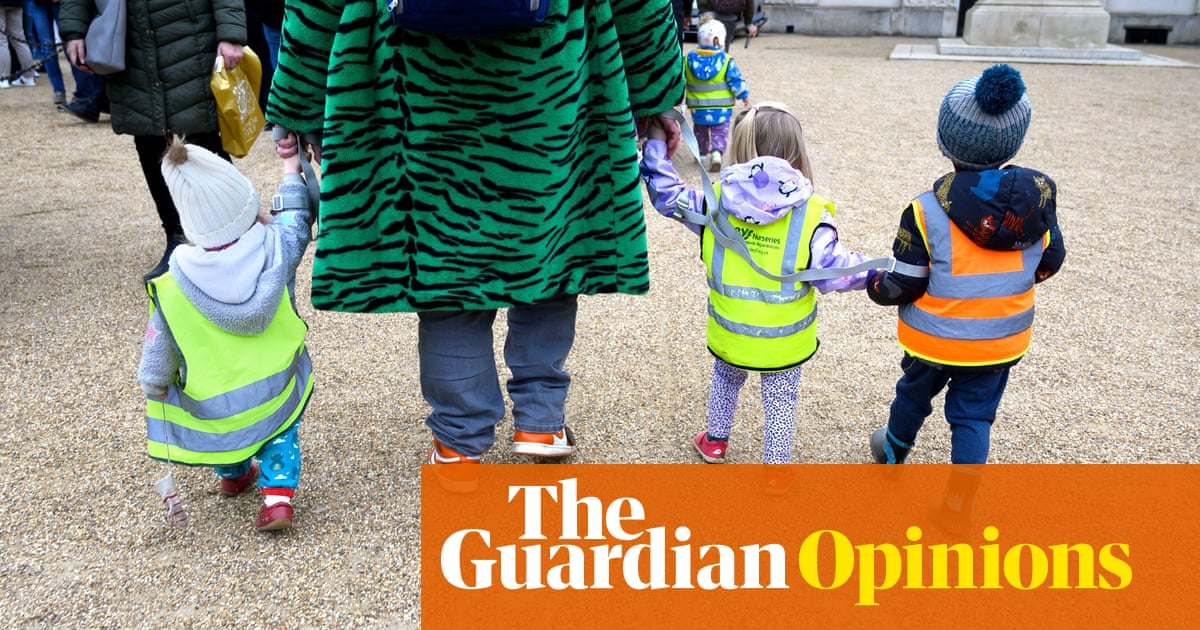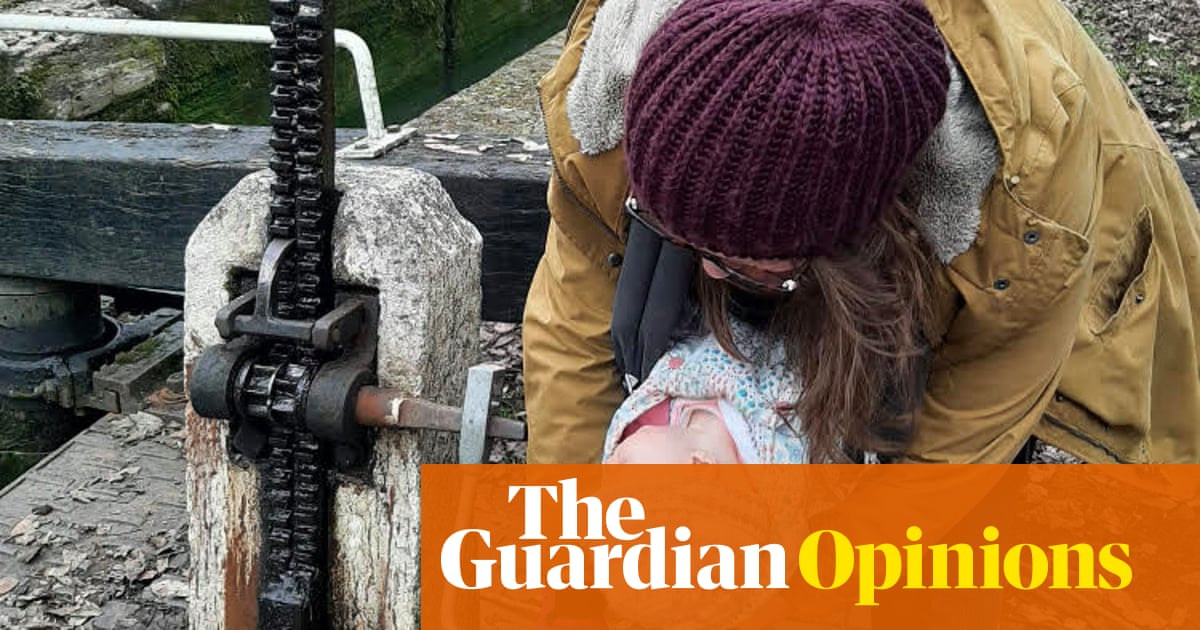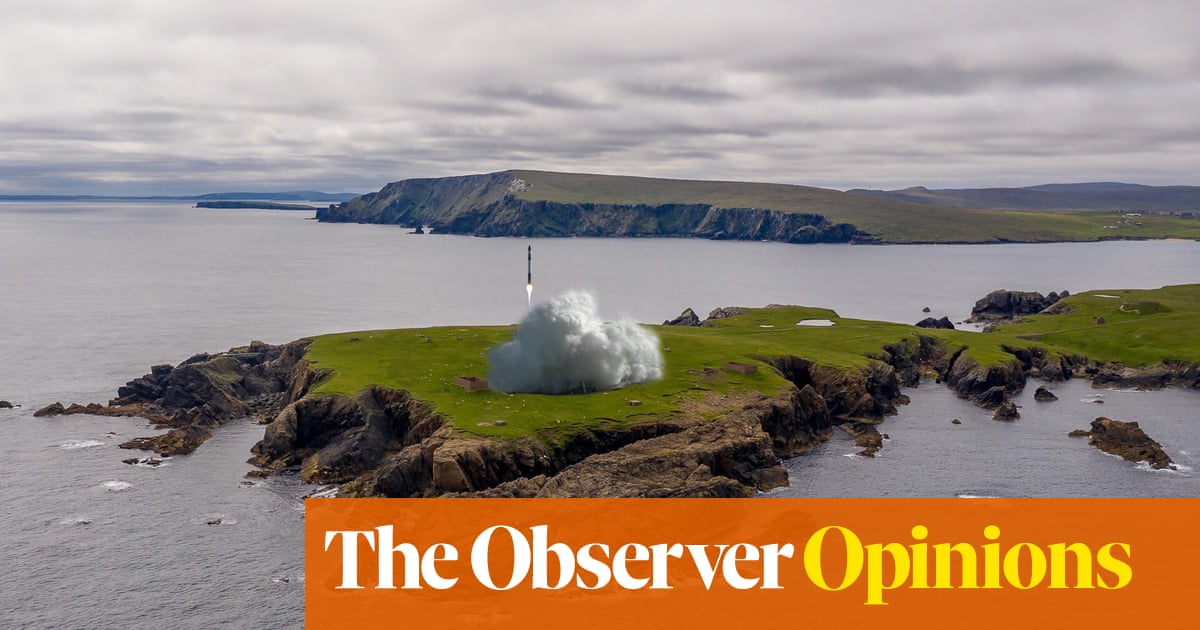
Since the pandemic and the start of the war in Ukraine, the EU has doubled down on the green economy in an effort to meet global environmental goals such as the aims of the 2015 Paris Climate Agreement.
Yet it is increasingly clear that Brussels needs more help from the private sector and also the wider international community if it is to get close to success with this vital agenda.
To be sure, the level of commitment within the EU to the green economy is already huge, including a growing momentum behind the European Green Deal megaproject. An example of this commitment is the fact that Brussels has announced more than 50 major sustainability initiatives since the signature policy agenda was announced by the European Commission.
This has helped the EU rebrand itself as a global green superpower, which it hopes will give it a renewed political lease on life to boot. This comes after a few difficult decades during which it faced a number of challenges, such as growing euroskepticism and multiple financial crises.
However, green goals cannot be achieved simply through the announcement by Brussels of endless new political initiatives, however major. More help from the private sector, and international allies, is key.
The monumental scale of the task facing the 27 EU member states is illustrated by the fact that reaching net-zero emissions by 2050 will require about €700 billion in additional investment by the bloc each year. It is a staggering sum and is why the role of the private sector is so crucial.
This is where the EU’s green taxonomy comes in. A cornerstone of the bloc’s environmental strategy, it is a sustainable finance framework in which Europe is yet again a global pioneer. The taxonomy provides businesses and investors with clear and appropriate definitions for which economic activities can be considered the most environmentally sustainable.
It helps to direct capital to the economic activities most needed for the green transition, in line with European Green Deal objectives. These include climate change mitigation and adaptation efforts, sustainable use, and protection of water and marine resources, the transition to a circular economy, pollution prevention and control, and protection and restoration of biodiversity and ecosystems.
Perhaps inevitably, this sensitive agenda has generated some controversy. For instance, the European Commission is facing legal challenges from environmental campaigners, and the governments of Austria and Luxembourg, over the inclusion of nuclear and gas in the taxonomy, which some dissenters argue is a backward step that amounts to “greenwashing.”
However, the taxonomy has also had its successes, including some scaling up of sustainable investment volumes. There is also some evidence that it is increasingly being used by businesses to signal their sustainability performance and efforts.However, we are far from the final destination on this journey. For example, the results of an EU-wide survey of nearly 700 European firms by ESG Book, published in July, show that nearly two-thirds did not have any revenue from tasks that meet the requirements of the EU’s list of taxonomy-friendly activities. Moreover, half had no planned capital expenditure that could be considered green in this context either.
So there is a significant way still to go for the EU 27 with this agenda, by creating security for investors, and helping companies become more climate-friendly and mitigating market fragmentation. An essential element here will be continuing dialogue between Brussels and the private sector.
One way in which this dialogue is taking place is through a series of European Commission communications since the launch of the taxonomy, to provide further signals to investors. The latest of these communications was in June, and the commission made a series of taxonomy changes. They included extending the rules to cover shipping; only allowing plastics made from biowaste to be considered green; and setting a threshold for the use of chemicals considered high risk.
There will be more changes going forward, including the possibility that critical raw materials might be included in the taxonomy. This prospect reflects the high priority EU policymakers now place on this issue, especially since the launch in March of the Critical Raw Materials Act. It aims to ensure a secure and sustainable supply of critical raw materials for European industry, and to reduce significantly the dependency of member states on imports from single-country suppliers, including China.
In the short term, however, there are unlikely to be any big taxonomy announcements until after the European Parliament elections in June 2024, and the next European Commission is formed and given a chance to become “bedded in,” which might take us into 2025.
Yet although it is uncertain exactly how the taxonomy will evolve in the next few years, one thing that is clear is that Brussels cannot go it alone, internationally, on this agenda. It needs to bring the rest of the world along with it.
One plausible future pathway toward this would be to align the taxonomy with counterpart international measures that are similar if not identical. Bodies such as the International Sustainability Standards Board would have a key role to play here, in terms of alignment and/or equivalence of standards with other key industrialized powers that have a huge stake in this agenda, too, including Japan and the US.
There is unlikely to be a complete convergence, even between like-minded industrialized democracies. However, the divergences should potentially be manageable enough to help meet the ultimate, shared, global, green-goal objectives, such as those set out in the Paris Agreement.
The EU taxonomy and its international counterparts could therefore help create a foundation for sustainable global development in the decades ahead.












